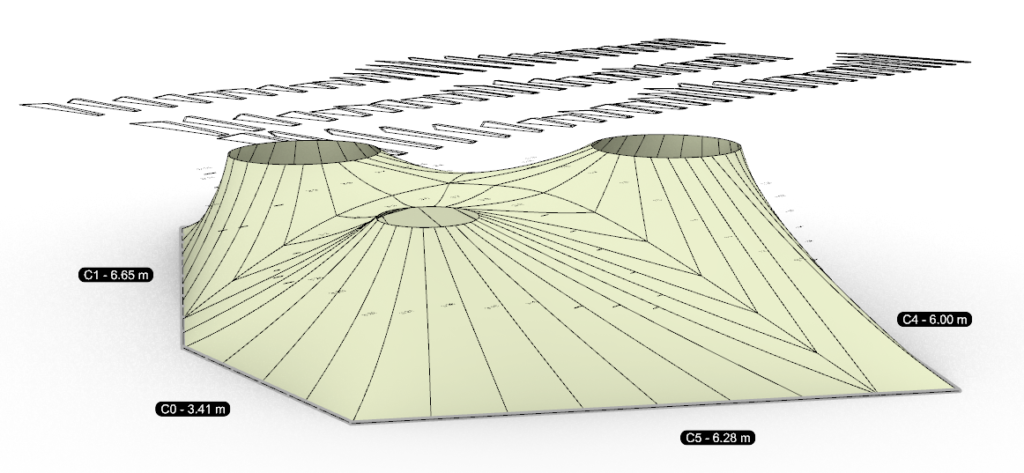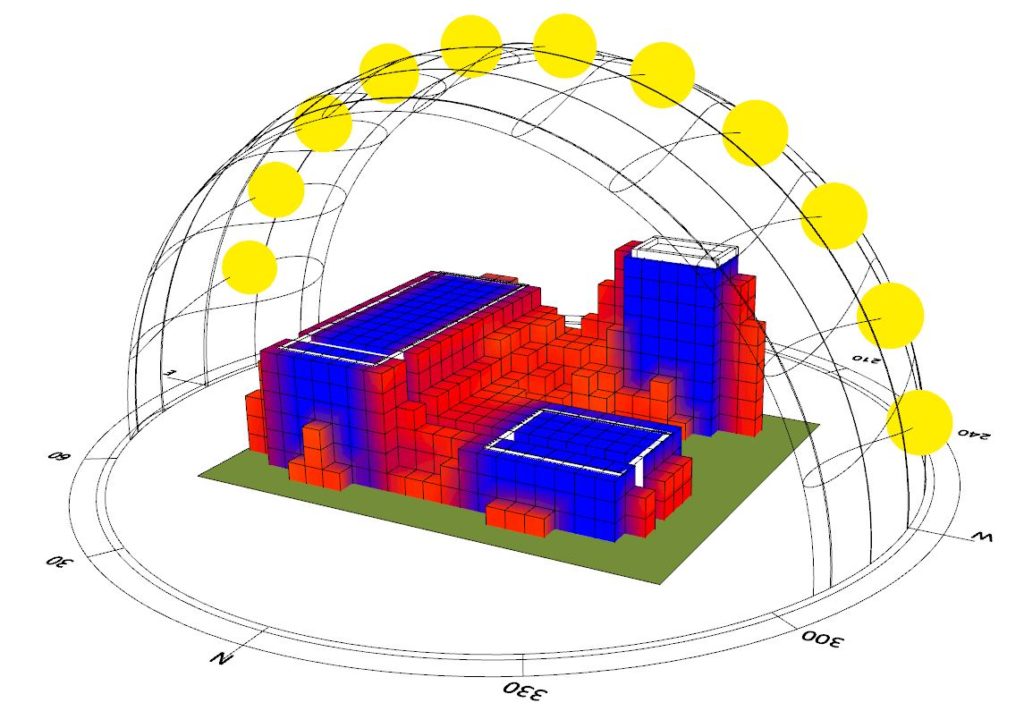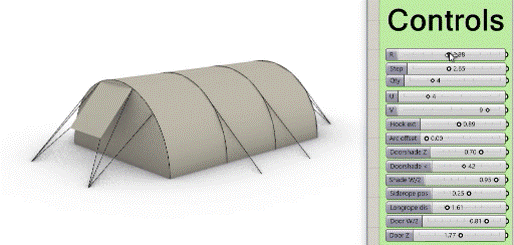Snatched – Beverly Hills
Try it yourself! Below is an interactive window that you can use to parametrically generate the model. Toggle the interface controls from the top right corner. Full-screen mode is advised. Your browser does not support iframes.







